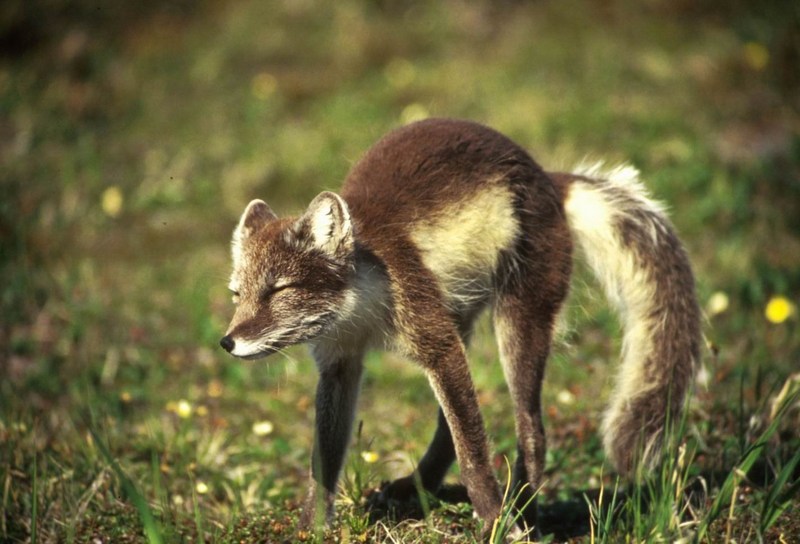|
| Query: Small white | Result: 1884th of 2237 | |
Arctic Fox (Alopex lagopus)<!--북극여우/청여우--> - blue phase
| Subject: | Arctic Fox (Alopex lagopus) - blue phase
| | Poster: | Phoby (phoby@hanafos.com)
| |

| Resolution: 1423x967
File Size: 190506 Bytes
Date: 2004:06:22 05:59:32
Upload Date: 2004:06:22 05:37:49
|
From the U.S. Fish and Wildlife Service's online digital media library .
Check http://images.fws.gov/ for higher quality version.
The Arctic fox (Alopex lagopus), also known as the white fox, polar fox, or snow fox, is a small fox native to the Arctic regions of the Northern Hemisphere and common throughout the Arctic tundra biome.
Metadata
Title: Arctic Fox
Alternative Title: (none)
Creator: Anderson, Brian
Source: WO4036-25
Publisher: U.S. Fish and Wildlife Service
Contributor: DIVISION OF PUBLIC AFFAIRS
Language: EN - ENGLISH
Rights: (public domain)
Audience: (general)
Subject: mammal
predator
summer
wildlife
Alaska
carnivore
|
Comments |
|---|
| | Mii |
|
| Jou, jyy. hellou jyy! |
| | Guest |
|
Scientific Name: Vulpes lagopus Linnaeus, 1758
Common Names: Arctic Fox, Polar Fox, White Fox, Snow Fox; [French] Isatis, Renard Polaire, Reynard Polaire; [Spanish] Zorro Ártico
Synonyms:
Alopex lagopus (Linnaeus, 1758)
Canis lagopus Linnaeus, 1758 |
^o^
Animal Pictures Archive for smart phones
^o^
|
|
|

